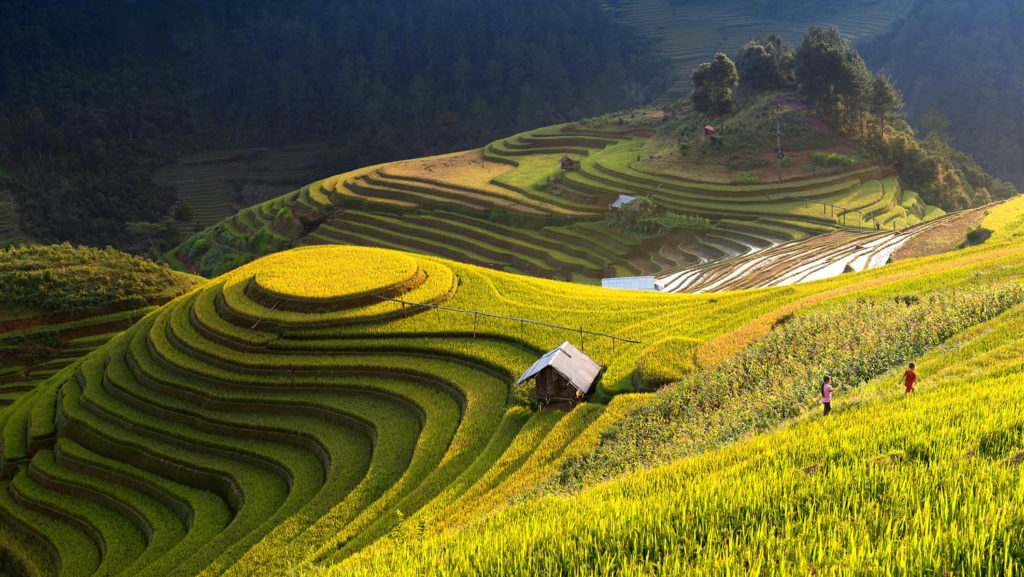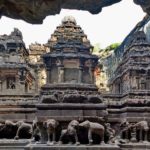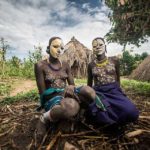Over history, organisms have evolved to adapt to their environment in a number of different ways, and humans may be the most adaptive species of all. Unlike animals and plants, we not only live and thrive in a wide variety of different environments, but over time we have also evolved in order to adapt to our surroundings. For example, the color of your skin comes from the environment your ancestors grew up in. People whose ancestors come from regions with extremely hot climates tend to have darker skin in order to protect them from the sun’s rays. Studying geography can help us understand why.

Another environmental factor that plays a major role on how humans have evolved over time is the elevation of the landscape you live in. The highest percentage of the human population lives on land that is within 100 meters of sea level. As the elevation of the landscape rises, human population declines. The air contains less oxygen in areas of high altitudes. However, regions with some of the highest landscape elevations in the world are still inhabited by people.
Regions of the world with landscapes over 10,000 feet above sea level include the Tibetan Plateau in Asia, the Andean Altiplano in South America, and the Ethiopian highlands in Africa. These high altitude areas are different than most regions in several ways. In addition to there being less oxygen in the air, the climate is also colder and dry. This means less vegetation and wildlife, and more rocky and desolate landscapes.

When visiting these high altitude areas, people, especially visitors, often suffer symptoms of hypoxia – the lowering of available blood oxygent – which occurs as a result of lower oxygen pressure. It is well known that some of the people who live in these regions have biologically adapted in order to live in these inhospitable landscapes. For example, people who live in the Andes have the ability to hold more oxygen in their red blood cells in order to adapt to the thinner air. The Tibetans have developed lungs that can incorporate more nitric oxide from the air. This process allows them to expand their blood vessels and consume oxygen more effectively than people living in lower altitudes.
The Ethiopian highlanders are different again from both the Andeans and the Tibetans in that they have normal hemoglobin counts and they breathe normally. Yet, while the Ethiopian highlanders live at an elevation with less oxygen in the air, they don’t suffer from any hypoxic symptoms. Even without any biological changes, their bodies have adapted to survive.


 American Geography Portal wants to promote the fascinating world we live in, and also explain why the study of geography is so important and relevant today.
American Geography Portal wants to promote the fascinating world we live in, and also explain why the study of geography is so important and relevant today.



